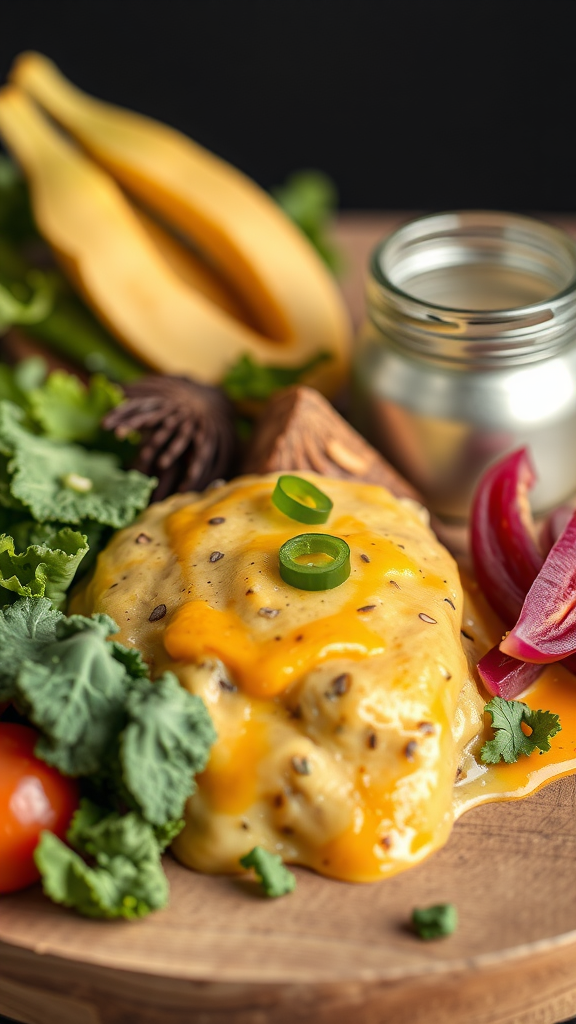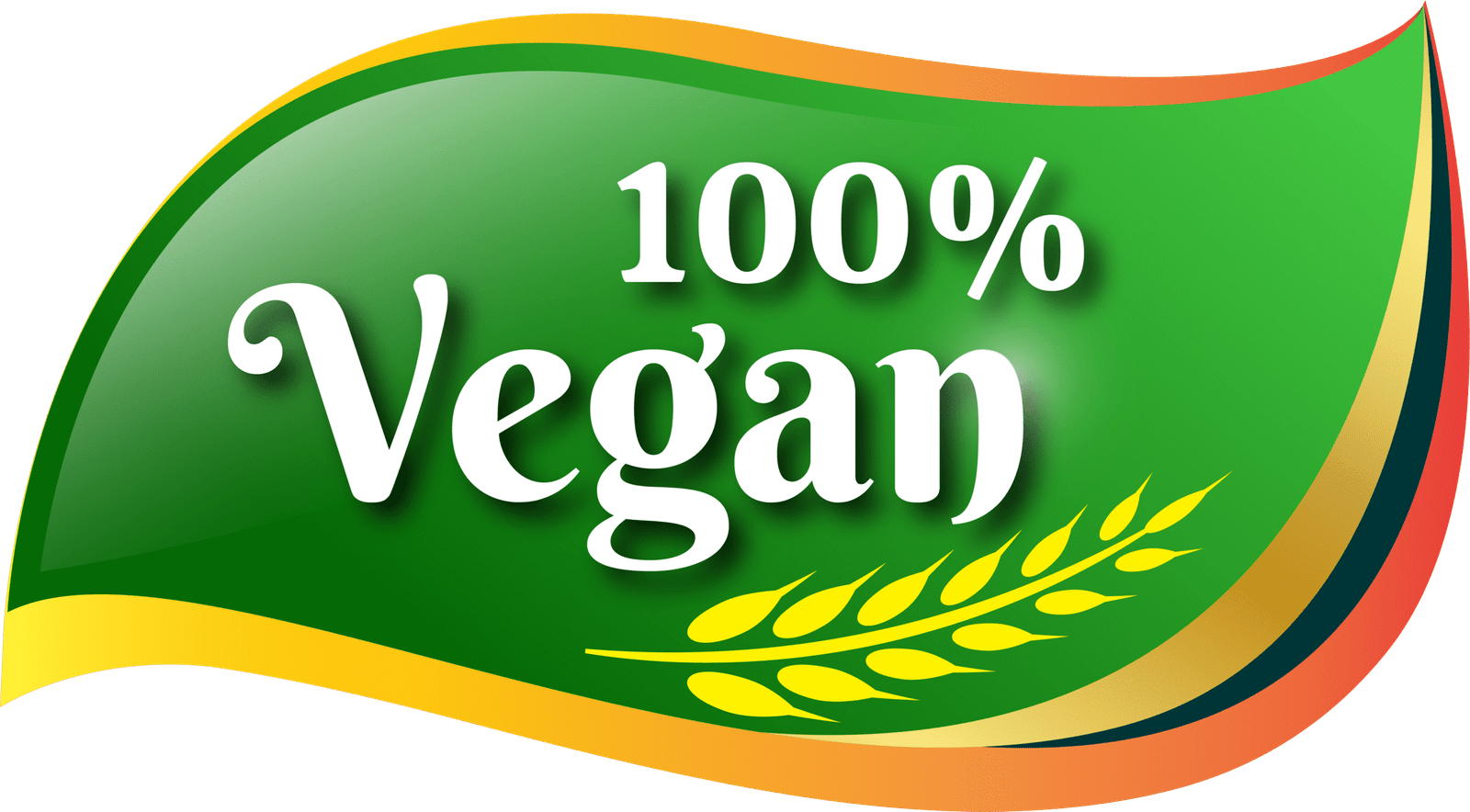The Best Fluffy Pancakes recipe you will fall in love with. Full of tips and tricks to help you make the best pancakes.

How Can I Get Protein On A Vegan Diet
Effective Sources of Protein for a Vegan Diet
Transitioning to a vegan diet can open up a world of delicious and nutritious food options. One of the most common concerns for those new to a plant-based lifestyle is, “how can I get protein on a vegan diet?” The good news is that there are numerous effective sources of protein that are both satisfying and good for your health.
A variety of these sources can help you easily meet your protein needs. Here are some of the best options to consider:
- Legumes: Beans, lentils, and chickpeas are fantastic sources of protein. A cup of cooked lentils contains about 18 grams of protein. They are versatile, too! Add them to soups, salads, or use them to make a hearty bean chili.
- Tofu and Tempeh: Derived from soybeans, tofu and tempeh are rich in protein. Tofu offers around 20 grams of protein per cup, while tempeh packs about 31 grams per cup. These can be grilled, stir-fried, or crumbled into dishes for added texture and flavor.
- Seitan: Made from wheat gluten, seitan is another protein powerhouse. It contains around 25 grams of protein per 3.5-ounce serving. With its meat-like texture, it’s perfect for vegan dishes that mimic traditional meat recipes.
- Nuts and Seeds: Almonds, chia seeds, hemp seeds, and pumpkin seeds are not only great sources of protein but also healthy fats. Two tablespoons of hemp seeds provide 10 grams of protein, while a quarter-cup of almonds offers about 7 grams. Snack on them or sprinkle them over dishes for an extra crunch.
- Whole Grains: Quinoa, brown rice, and barley offer protein and essential amino acids. Quinoa, in particular, is a complete protein that provides about 8 grams per cup when cooked, making it an excellent grain choice for vegan meals.
- Plant-Based Protein Powders: If you struggle to meet your protein needs from whole foods, consider adding a plant-based protein powder. Options like pea protein or brown rice protein can be mixed into smoothies or oatmeal for a protein boost.
- Nutritional Yeast: This deactivated yeast is packed with flavor and protein. Just two tablespoons can offer about 8 grams of protein. Sprinkle it on popcorn, pasta, or use it as a cheese substitute in sauces.
By combining different food groups, you can easily gain the complete profile of essential amino acids. For instance, pairing rice and beans creates a complete protein source. This ensures that you are getting a balanced intake of nutrients while maintaining a diverse and enjoyable diet.
Get your Vegan Warrior Here
It’s also essential to consider protein-rich snacks throughout the day. Here are some easy options:
- Hummus with carrots or whole-grain crackers
- Nut butter on whole-grain bread or apple slices
- Chia seed pudding made with almond milk
- Trail mix containing nuts and dried fruits
- Energy bars made from oats and nut butter
When planning your meals, aim for a balance of these protein sources. Not only will this enhance the flavor of your meals, but it will also provide the nutrients your body needs to function at its best. Remember to stay hydrated and incorporate a variety of fruits and vegetables to complement your protein intake.
Get your Vegan Warrior Here
If you’re ever unsure if you’re getting enough protein on a vegan diet, tracking your daily intake can help. Using a food diary or app can give you a clearer picture of what you consume, helping you adjust your meals accordingly. Remember, the average adult requires about 46 grams of protein for women and 56 grams for men each day, but this can vary based on activity level, age, and health conditions.
Embarking on a vegan journey doesn’t mean sacrificing protein or flavor. With the right knowledge and choices, you can enjoy a nutritious, protein-rich diet that satisfies your taste buds and supports your overall health. Dive into the colorful world of plant-based eating and experience the many benefits it brings!
The Importance of Protein in Vegan Nutrition
Protein plays a critical role in our bodies, contributing to muscle repair, immune function, and overall health. For those following a vegan diet, understanding how to obtain sufficient protein is essential. Fortunately, there is no shortage of plant-based protein sources available. As you adapt your meals to include these options, you’ll not only meet your protein needs but also enjoy a wide array of nutrients.
Get your Vegan Warrior Here
First, let’s explore what protein is and why it’s crucial. Proteins are made up of amino acids, which are vital for many bodily functions. There are 20 different amino acids, nine of which are essential and must be obtained from food. A well-planned vegan diet can provide all the necessary amino acids your body requires.
One of the most common concerns among those new to veganism is: how can I get enough protein on a vegan diet? Here are some fantastic plant-based protein sources that can help keep your diet balanced:
Get your Vegan Warrior Here
- Legumes: Beans, lentils, and chickpeas are packed with protein. For example, one cup of cooked lentils contains about 18 grams of protein. They can be used in soups, stews, salads, and even made into delicious spreads like hummus.
- Tofu and Tempeh: These soy-based foods are rich in protein and versatile in cooking. Tofu can absorb flavors from sauces and spices, while tempeh has a nutty flavor and can be enjoyed in stir-fries or grilled.
- Nuts and Seeds: Almonds, chia seeds, flaxseeds, and pumpkin seeds not only provide protein but also healthy fats. A quarter cup of almonds has about 7.5 grams of protein, making them a perfect snack. You can sprinkle seeds on salads or blend them into smoothies.
- Whole Grains: Foods like quinoa, farro, and brown rice are also good protein sources. Quinoa is particularly noteworthy because it is a complete protein, which means it contains all nine essential amino acids. You can use whole grains as a base for meals or as a side dish.
- Seitan: Made from wheat gluten, seitan is a popular meat substitute among vegans. It has around 25 grams of protein per 3.5-ounce serving, making it an excellent protein-rich option for various recipes.
- Plant-based Protein Powders: If you find it challenging to meet your protein needs through whole foods alone, consider incorporating protein powders made from peas, hemp, or brown rice into your diet. These can be added to smoothies or oatmeal for an extra protein boost.
In addition to choosing the right foods, it’s essential to vary your protein sources. Different plant-based proteins contain different amino acids, so a varied diet ensures you get a complete amino acid profile. Combining different protein sources in meals, like rice and beans or hummus and whole-grain pita, can help you achieve this balance.
Understanding your personal protein needs can also guide your vegan journey. The recommended dietary allowance (RDA) for protein is about 0.8 grams per kilogram of body weight. However, if you are active, a slight increase in protein intake might be beneficial. Assessing your activity level can help you determine how much protein you should aim for daily.
Get your Vegan Warrior Here
Monitoring your protein intake can seem tedious, but it’s crucial for ensuring you are meeting your nutrition needs. Use food tracking apps to keep track of your daily protein consumption. This practice can help you adjust your diet as necessary and avoid potential deficiencies.
Another key element is understanding that protein doesn’t always have to come from what is traditionally considered protein-rich foods. Many fruits and vegetables also contain small amounts of protein. For example, broccoli has about 2.5 grams of protein per cup. a variety of fruits and vegetables can add more protein to your overall daily intake.
Get your Vegan Warrior Here
Ultimately, getting enough protein on a vegan diet is achievable with careful meal planning and an understanding of available plant-based sources. Embracing the diversity of foods and being mindful of how they fit into your overall nutrition will contribute to a balanced and fulfilling vegan lifestyle.
By following these guidelines, you can confidently answer the question of how to get protein on a vegan diet, ensuring you remain healthy and energetic as you pursue your plant-based journey.
Conclusion
Finding effective sources of protein is essential for anyone following a vegan diet. With a well-planned meal strategy, you can effortlessly meet your nutritional needs and enjoy a variety of delicious foods. Legumes, nuts, seeds, whole grains, and plant-based protein powders are just a few examples of how you can include ample protein in your meals. Each source brings unique benefits and flavors, allowing you to create creative and satisfying dishes that prevent boredom while boosting your protein intake.
Get your Vegan Warrior Here
Understanding the importance of protein in vegan nutrition is crucial to maintaining overall health. Protein plays a vital role in muscle repair, immune function, and the production of enzymes and hormones in your body. While some may argue that plant proteins are not as complete as animal proteins, combining different sources throughout the day can ensure you receive all the essential amino acids your body requires.
Ultimately, shifting to a vegan lifestyle doesn’t mean sacrificing protein or essential nutrients. By focusing on diverse sources and incorporating a variety of plant-based foods into your diet, you can create balanced meals that support your unique health goals. Embrace the myriad of vegan protein options available, and enjoy the benefits of a diet that nourishes both your body and mind. Whether you are a seasoned vegan or just starting your journey, remember to explore and experiment – the world of plant-based protein is rich and fulfilling.

